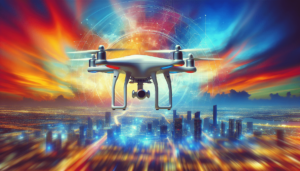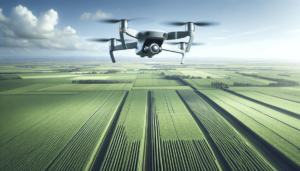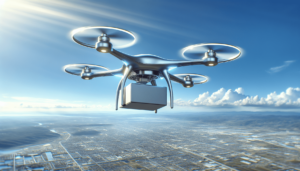Have you ever pondered the increasing prominence of military drones in modern warfare and what this means for the future of global security and ethical standards? As technological advancements continue to shape our world, few areas are as profoundly affected as military operations. Unmanned aerial vehicles (UAVs), commonly known as drones, have become central to military strategies worldwide. Their use is transforming our approach to conflict, raising questions about cost, ethics, and far-reaching global implications.
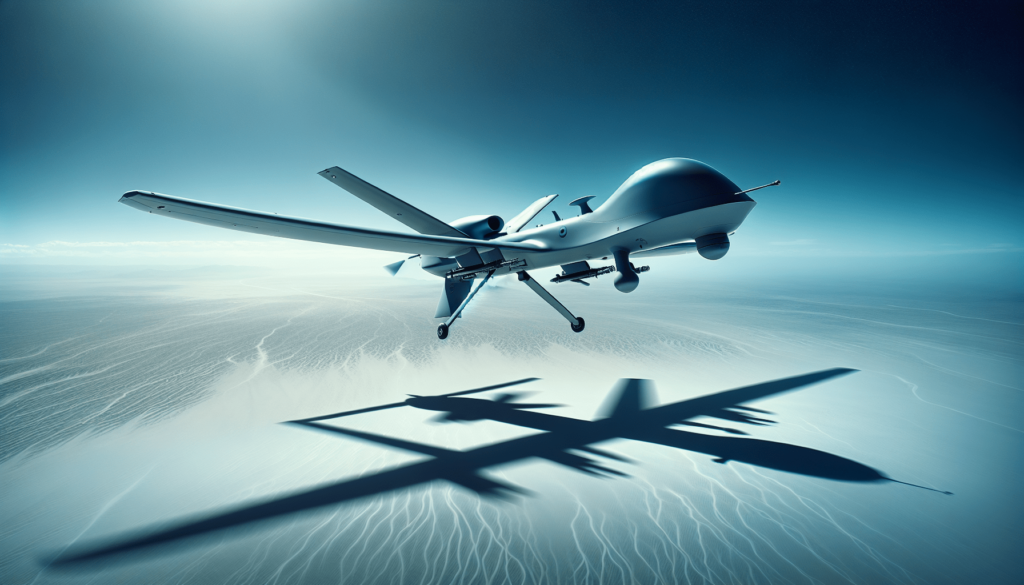
The Evolution and Development of Military Drones
The journey of military drones from rudimentary reconnaissance devices to complex instruments of war is a tale of rapid innovation and adaptation. Initially conceived as tools for surveillance, these drones have evolved considerably in their functionality and application.
Early Beginnings
In the earlier stages of their development, military drones mainly served as platforms for gathering intelligence. These early models were primarily used to collect and relay reconnaissance data without the risk of human casualties. The attraction was clear: a method to obtain information from dangerous or inaccessible environments with minimal risk.
Technological Advancements
Technological advancements have propelled drones into new roles, ranging from targeted airstrikes to logistics support. Innovations in drone technology have enhanced capabilities such as flight endurance, range, payload capacities, and precision targeting.
Current Capabilities
Modern military drones are equipped with sophisticated systems that incorporate artificial intelligence, high-resolution imaging, and secure communication technologies. The inclusion of these advanced features allows for real-time data analysis and decision-making, streamlining military operations significantly.
Analyzing the Cost of Military Drones
One cannot discuss military drones without considering the substantial financial implications of their deployment. Cost is a critical factor that influences the procurement and usage of these technologies in the defense sphere.
Development and Acquisition Costs
Developing state-of-the-art military drones involves significant investment in research and development. The procurement of these high-tech machines is costly, with prices varying greatly depending on the complexity and capabilities of the drones. For instance:
| Type of Drone | Estimated Cost (USD) |
|---|---|
| Reconnaissance UAV | $2 million – $4 million |
| Combat UAV | $10 million – $15 million |
| High-Endurance Reconnaissance UAV | $120 million – $150 million |
Operational and Maintenance Expenses
Beyond the initial purchase, drones require ongoing expenses related to maintenance, repair, and operation. This includes costs for trained personnel, ground support equipment, and spare parts.
Cost-Benefit Analysis
Despite these significant expenses, many defense strategists argue that drones offer financial savings in comparison to traditional manned aircraft, primarily due to reductions in personnel risk and associated life-support systems.
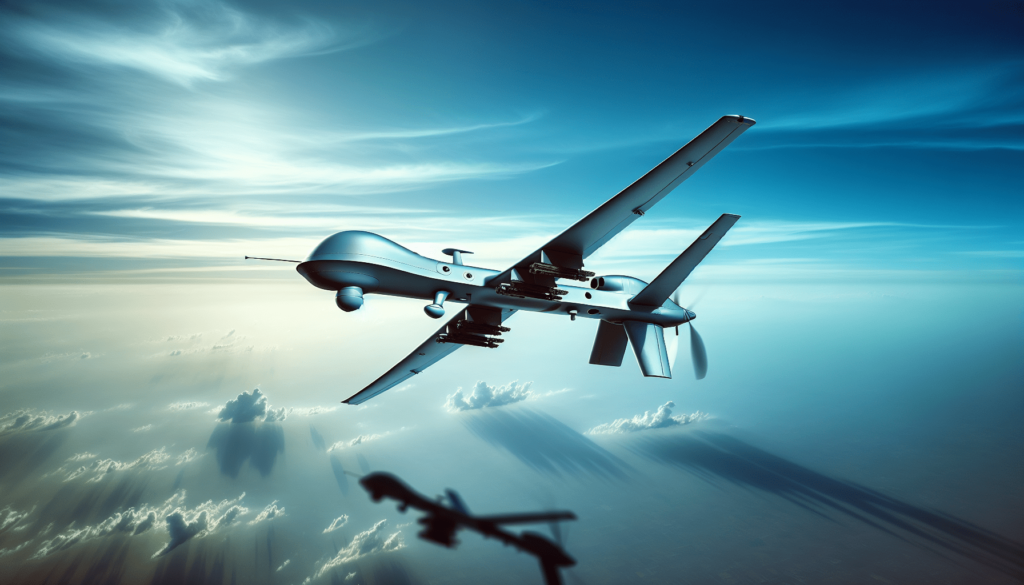
The Ethical Considerations of Drone Warfare
The ethical implications of deploying military drones are profound and multifaceted, centering around issues of legality, morality, and accountability.
The Question of Legality
The legality of drone strikes, especially in foreign territories, raises intricate questions in international law. Concerns center on sovereignty and the legal justification for targeted killings, which can be seen as contravening international legal standards.
Moral and Humanitarian Concerns
Drone warfare raises moral questions about the sanctity of human life and the psychological impact on both drone operators and civilian populations. The ability to conduct strikes remotely can lead to a detachment from the human cost of warfare, necessitating a continual ethical reassessment.
Accountability and Oversight
Ensuring accountability in drone warfare is critical. The lack of transparency surrounding military drone operations often complicates efforts to hold parties accountable for errors or excesses. Robust systems of oversight and legal frameworks are necessary to navigate these challenges.
Global Implications of the Increasing Use of Military Drones
The widespread adoption of military drones has not only shaped how conflicts are conducted but has also had significant implications on international relations and security.
Impact on Warfare Dynamics
The use of drones alters traditional concepts of warfare, introducing asymmetric advantages to technologically advanced nations, while prompting others to develop counter-drone measures.
Influence on International Relations
The strategic deployment of drones can shift power balances and influence diplomacy, complicating foreign policy and alliances. Countries investing in these technologies may gain leverage and engage in conflicts indirectly, affecting global peace efforts.
The Rise of Counter-Drone Technology
As drone usage increases, so too does the development of countermeasures. Countries are investing in anti-drone technologies, like electronic jamming and interception systems, to neutralize UAV threats.
A Summary Look:
| Aspect | Consideration |
|---|---|
| Warfare Dynamics | Altered combat strategies, asymmetric warfare |
| International Relations | Diplomacy challenges, altered power balances |
| Counter-Drone Technology | Development of interception systems, regulatory measures |
Conclusion: Balancing Innovation and Responsibility
The rapid integration of military drones into defense arsenals worldwide presents both opportunities and challenges. On one hand, these technologies offer considerable strategic advantages, enhancing operational effectiveness and reducing risk to personnel. On the other hand, they pose ethical dilemmas, legal challenges, and potential shifts in the geopolitical landscape.
Ultimately, navigating the future of military drones requires a careful balance between embracing technological innovation and upholding responsibility and accountability. As these technologies continue to evolve, ongoing dialogue and regulation will be essential to ensure their use in ways that are ethical, legal, and beneficial to global security.
The complexities of drone warfare require robust frameworks and international collaboration to address the concerns of cost, ethics, and global implications. As we look to the future, it is imperative that stakeholders—from governments to civil society—engage in concerted efforts to shape policies and practices that align with our shared values and interests.
